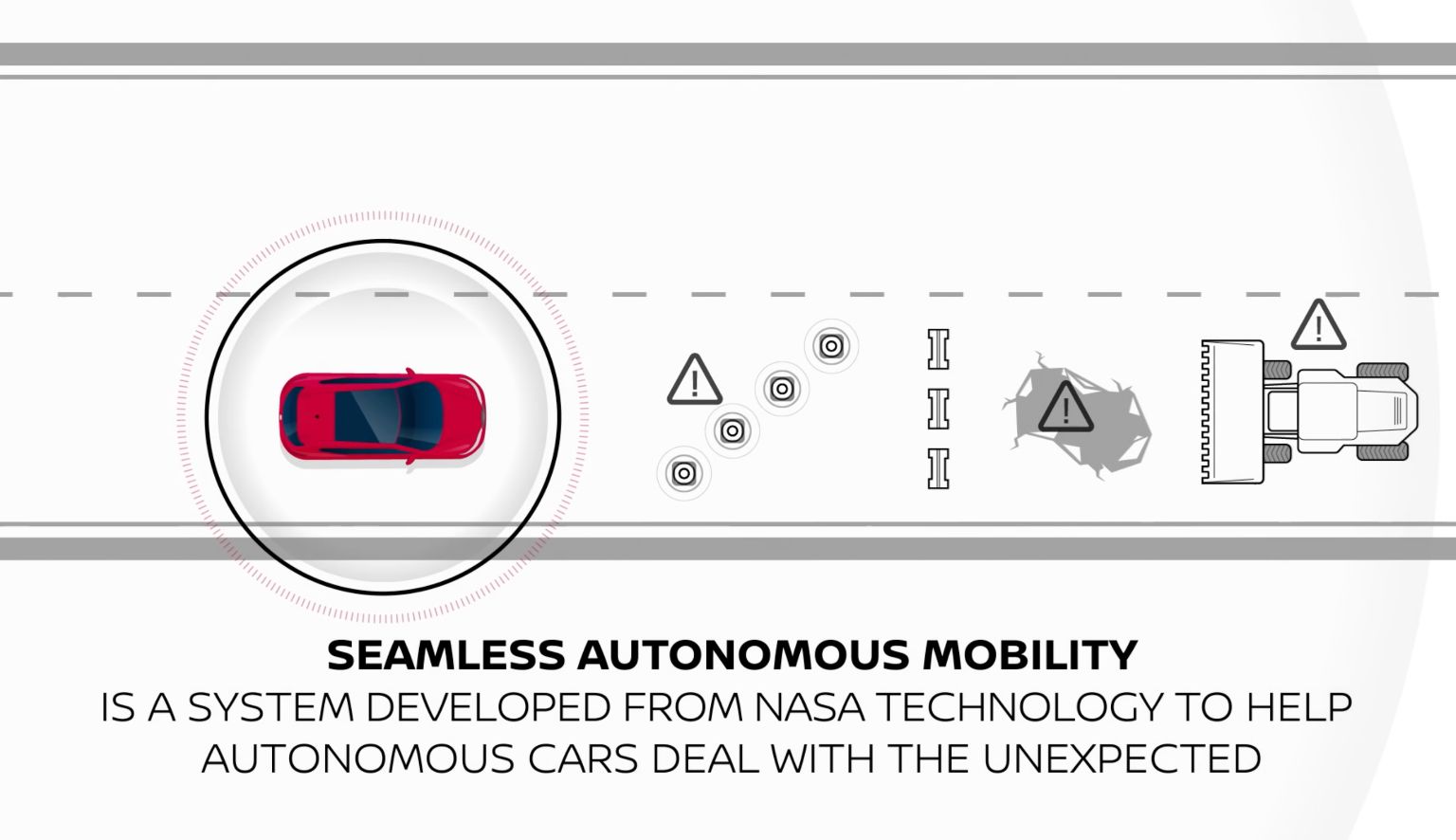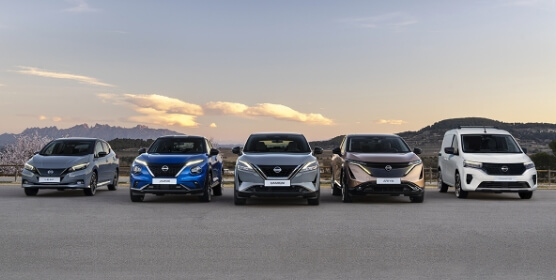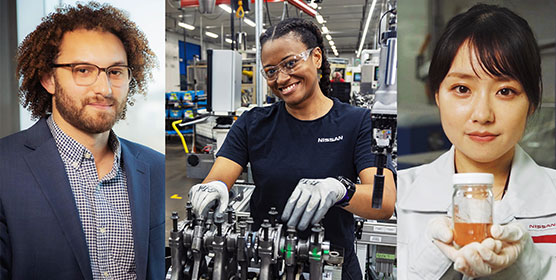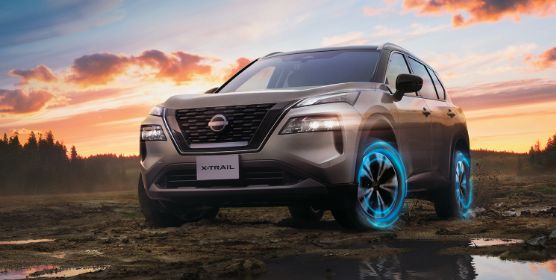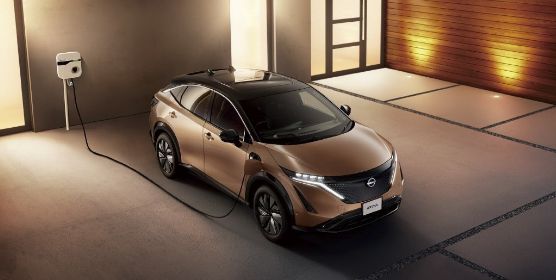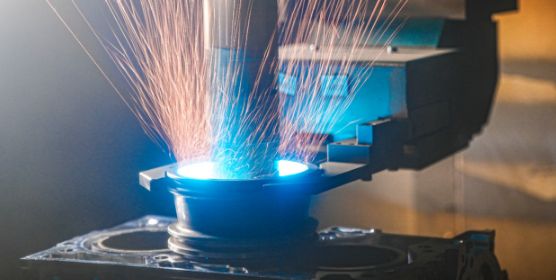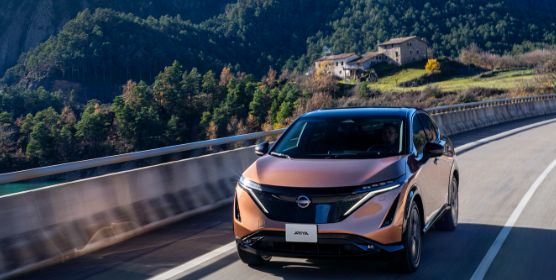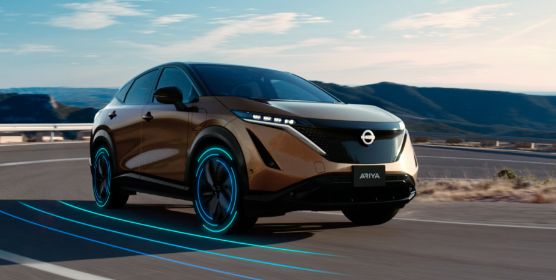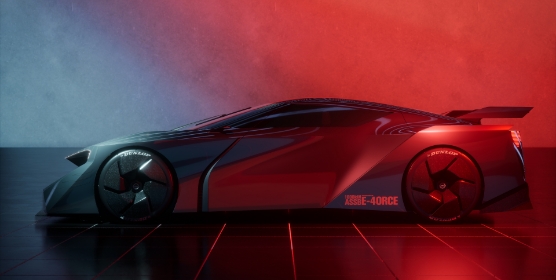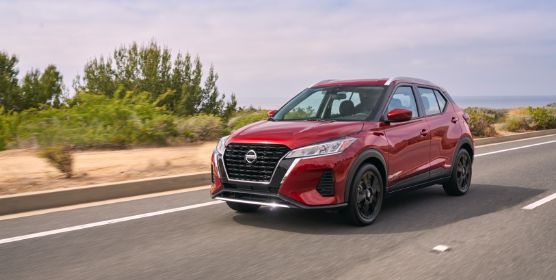Seamless Autonomous Mobility (SAM)
Seamless Autonomous Mobility: The Ultimate Nissan Intelligent Integration
Nissan
launched
"Seamless
Autonomous
Mobility
(SAM)"
system
developed
with
NASA
to
realize
a
fully
autonomous
mobility.
It
partners
in-vehicle
artificial
intelligence
(AI)
with
remote
human
support
to
help
driverless
autonomous
vehicles
make
decisions
in
unpredictable
situations
such
as
obstructions
on
the
road.
It
also
gathers
information
of
all
vehicles
into
the
Cloud
and
build
the
knowledge
of
in-vehicle
AI.
This
technology
will
enable
millions
of
autonomous
vehicles
operate
safely
and
smoothly
on
the
road
sooner
with
human
support.
Technology function
Vehicle can tell the traffic state, and even recognize some hand gestures, but human judgment is required for the appropriate course.
When driverless vehicle finds obstacles on the road, it brings itself to a safe stop and requests help from the command center. The request is routed to the mobility manager, who decides on the correct action, and create a safe path around the obstruction.
As
this
is
all
happening,
other
autonomous
vehicles
in
the
area
are
also
communicating
with
SAM.
The
system
learns
and
shares
the
new
information
created
by
the
Mobility
Manager.
Once
the
solution
is
found,
it's
sent
to
the
other
vehicles.
NASA's
VERVE
software,
used
to
visualize
and
supervise
interplanetary
robots,
was
the
starting
point
for
Nissan's
SAM
platform.
NASA's
robots
use
autonomous
technology
to
avoid
obstacles
and
calculate
safe
driving
paths
through
unpredictable
and
uncertain
environments.
Where
the
environment
makes
autonomous
decision-making
difficult,
NASA
supervisors
draw
the
desired
route
and
send
to
the
robot
for
execution.
Benefits by SAM
